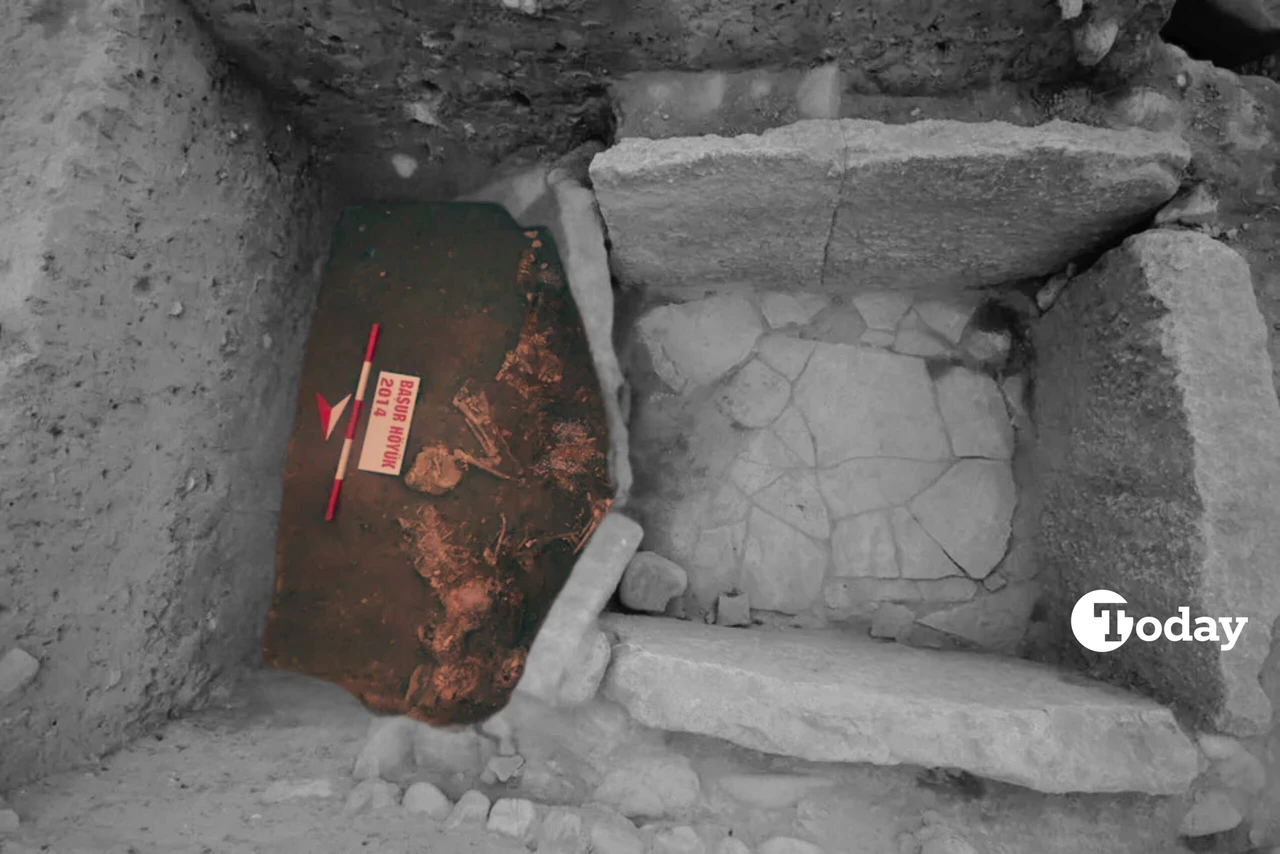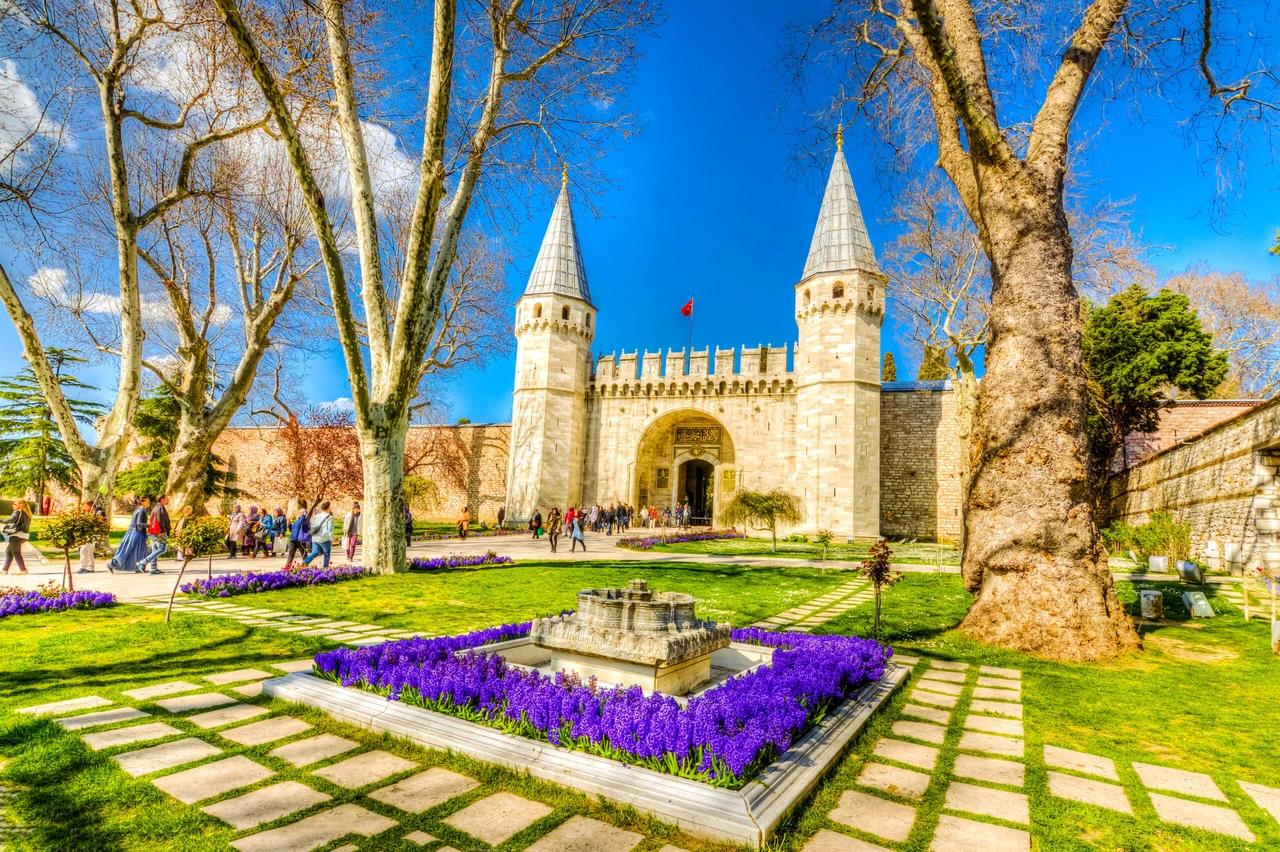Antalya’s hidden treasure: Ancient city of Olympos and its historical relics
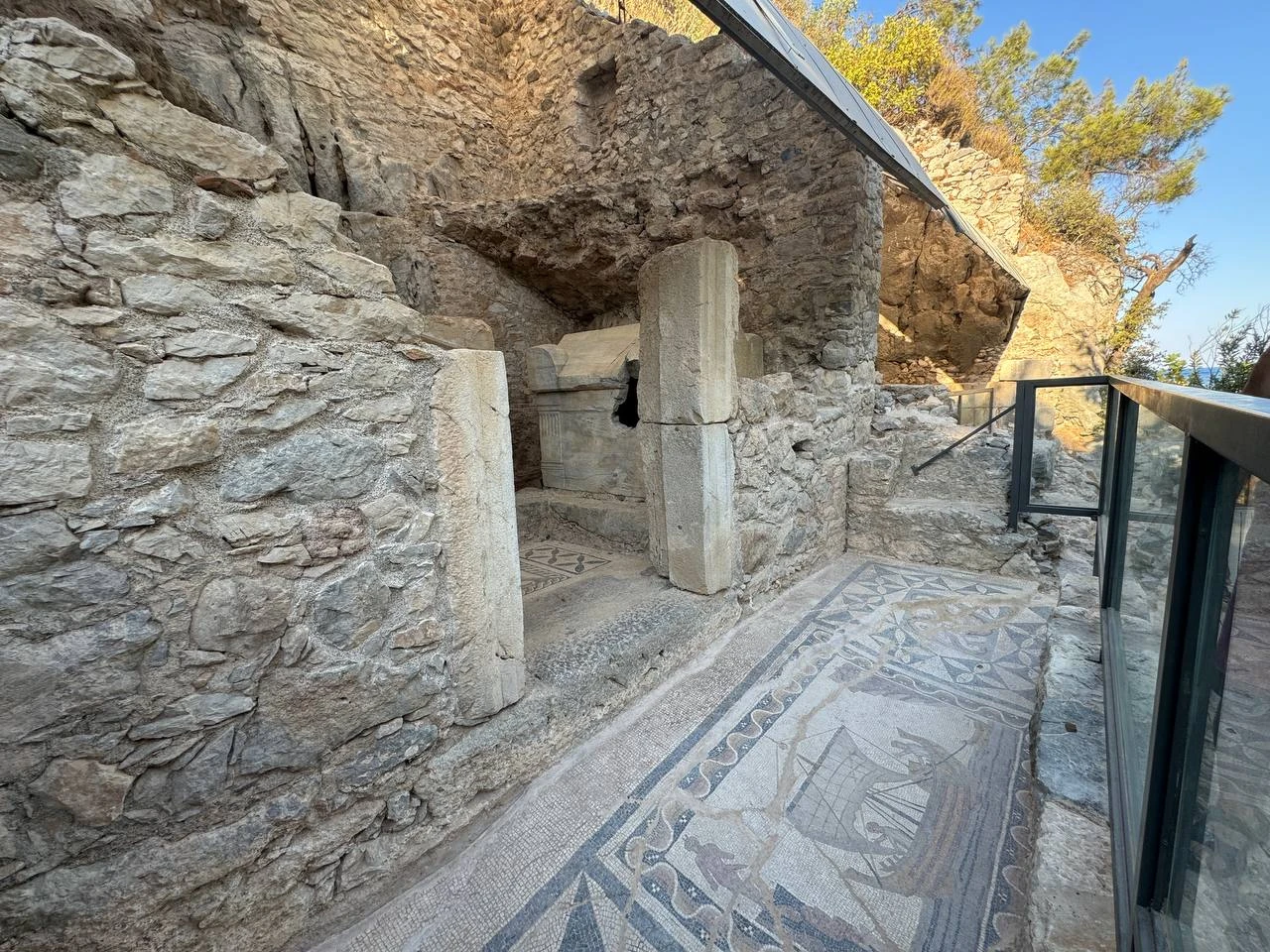 Ancient city of Olympos in Kumluca district of Antalya, Türkiye, August 1, 2024 (AA Photo)
Ancient city of Olympos in Kumluca district of Antalya, Türkiye, August 1, 2024 (AA Photo)
The ancient city of Olympos, located in Antalya’s Kumluca district, attracts both culture and beach tourists with its impressive relics from the Hellenistic, Roman, and Byzantine periods. Since excavations began in 2006, this ancient city has been revealing its rich history, offering visitors a historical experience.
Olympos’ history dates back to the Lycia Union coins minted around 167-168 B.C., where its name is mentioned. Recent excavations have uncovered a wealth of artifacts, shedding light on the city’s past. Key findings include Churches 1 and 3, the entrance complex, the Bishop’s Palace, a bridge, the Lykiarkes Marcus Aurelius Arkhepolis monumental tomb, a mosaic building, the Antimakhos Sarcophagus, and the Harbor monumental tombs.
Among Olympos’ most notable structures is the temple gate, located just west of the river mouth. This gate is one of the prominent visible structures of the ancient city.
Additionally, the “Sarcophagus of Captain Eudomus,” revealed through excavations, features a beautifully decorated ship relief. The sarcophagus depicts a ship without sails, mast, or oars, with a relief of Aphrodite on its rear, reflecting the ancient maritime culture.
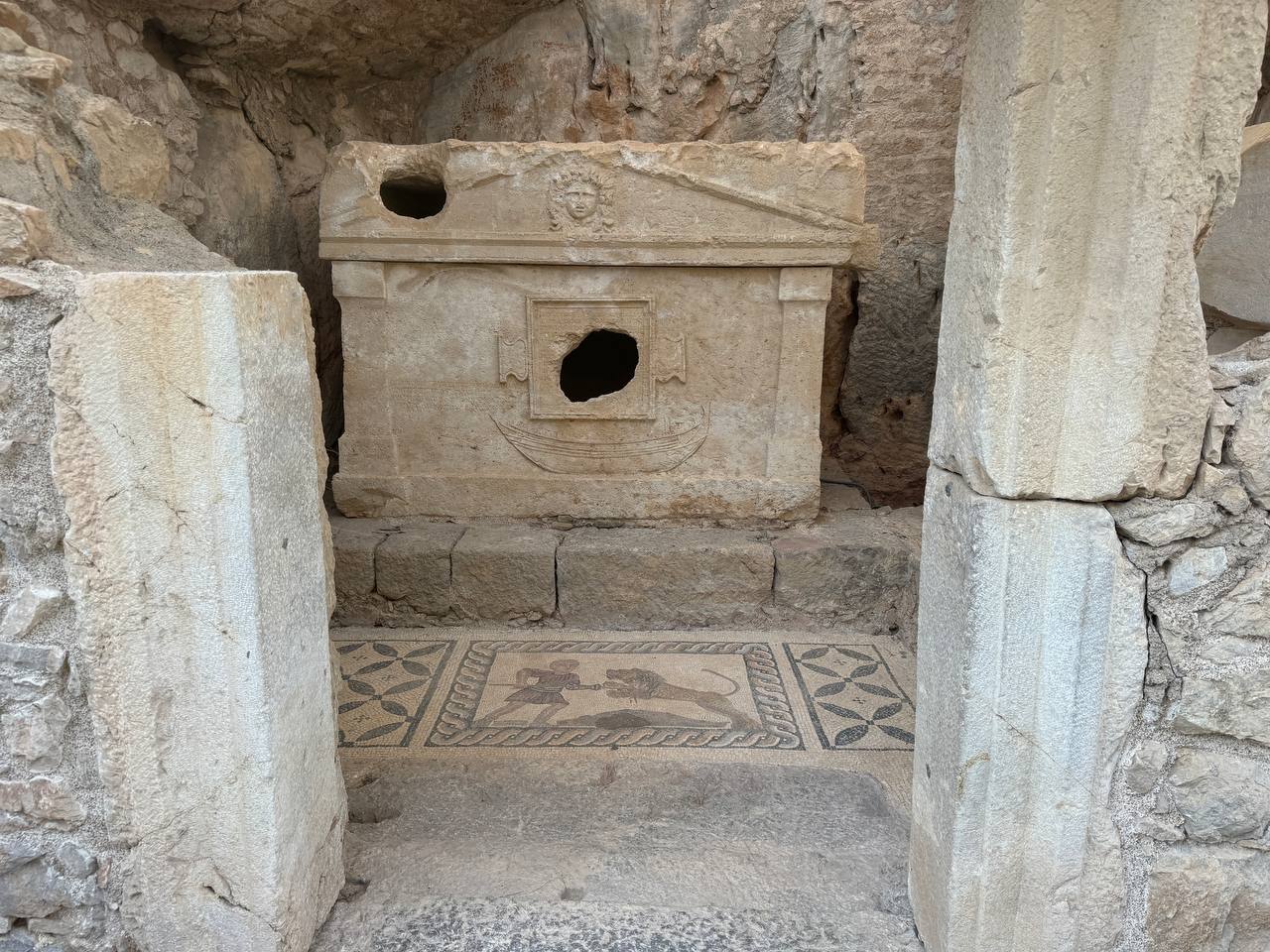
Harbor monumental tombs and mosaic building
The Harbor monumental tombs, uncovered through rescue excavations conducted by the Antalya Archaeology Museum Directorate, are among the most significant monumental tombs in the region.
The first Harbor monumental tomb consists of a sarcophagus placed on a high podium inside a chamber carved from the main rock. The second Harbor monumental tomb is situated in a two-story structure also carved from the main rock.
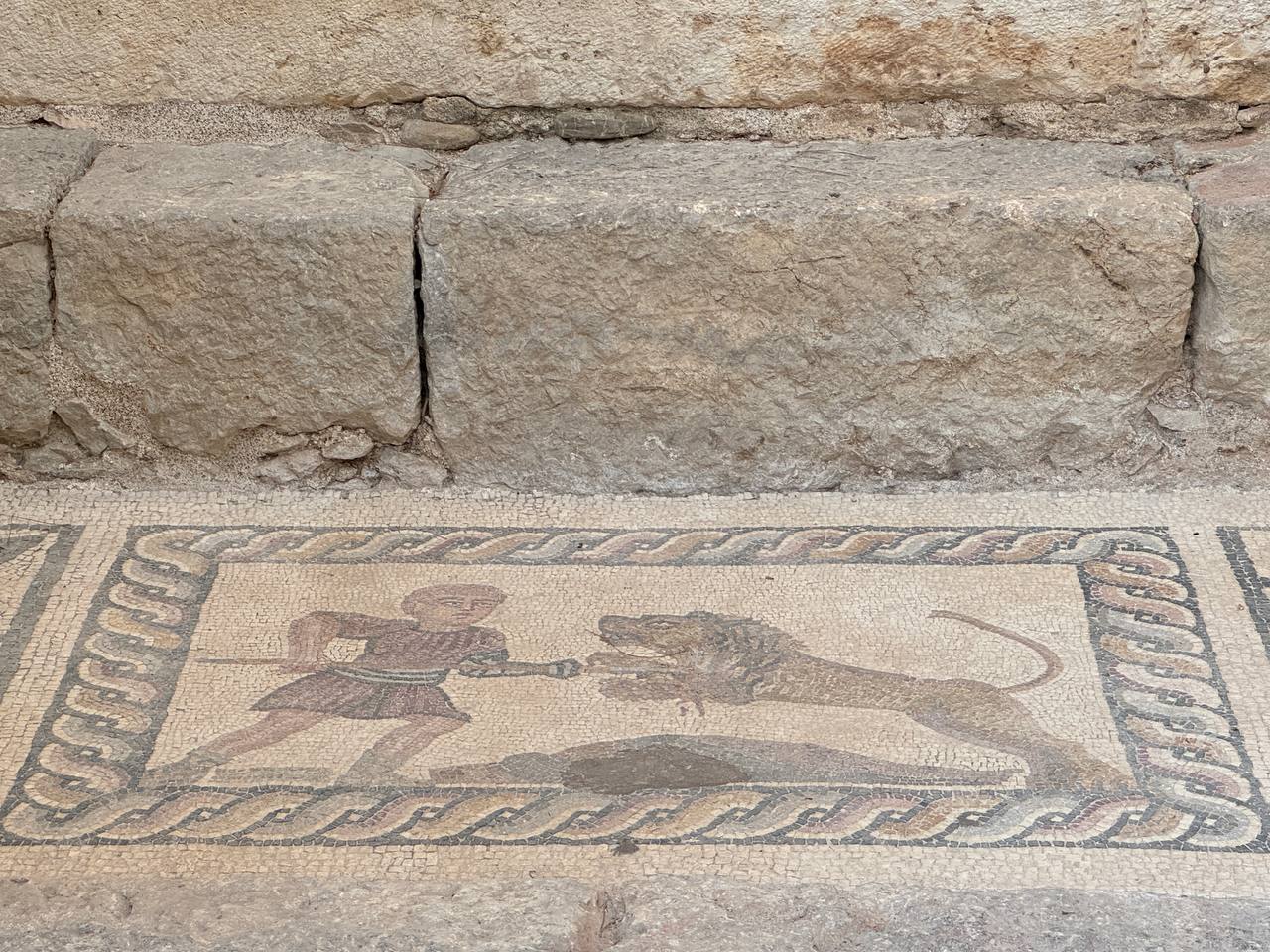
The mosaic building is another key artifact showcasing Olympos’ historical heritage. This two-story structure features mosaic-covered floors.
Following the collapse of the second floor, mosaic fragments fell to the ground floor. The mosaics on the ground floor depict geometric borders with images of water birds, fish, goats, rabbits, and dogs. These mosaics are dated to the late third century and early fourth century A.D.

The mosaics on the second floor also feature geometric borders with animal figures and date back to the late fifth century and early sixth century A.D.
The ancient city of Olympos continues to be a significant destination for both culture and beach tourism, with its historical relics and unique structures.
